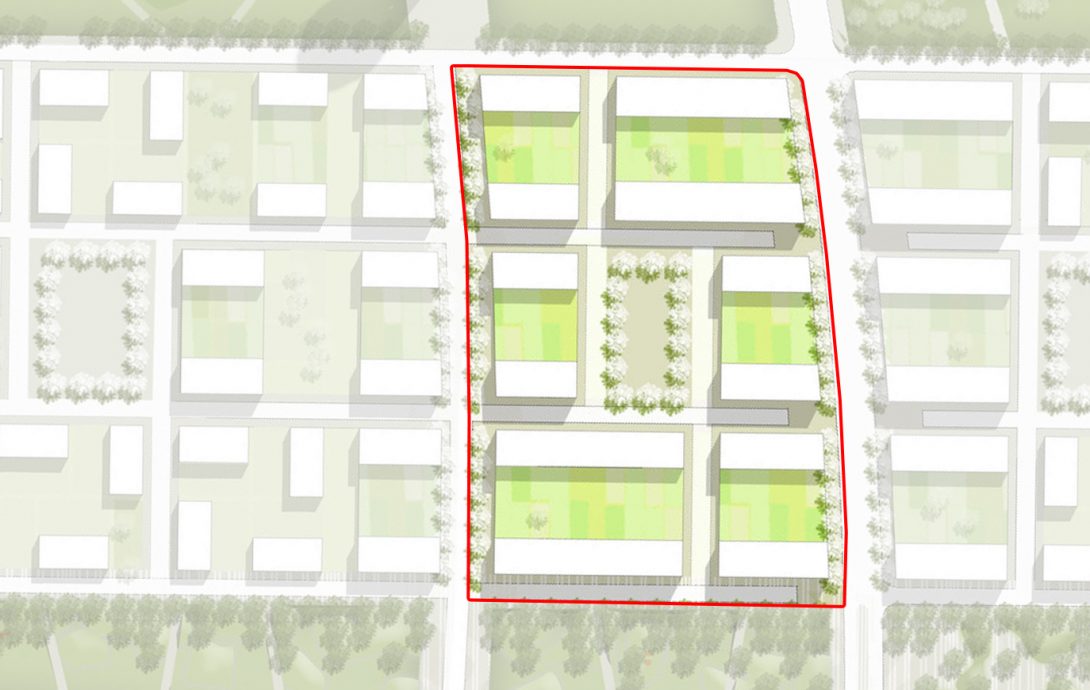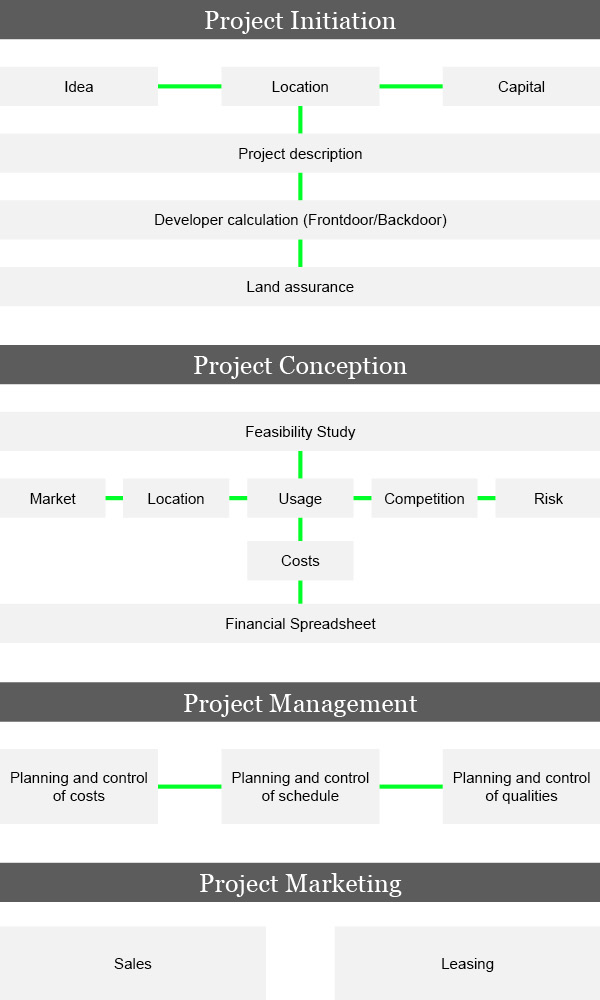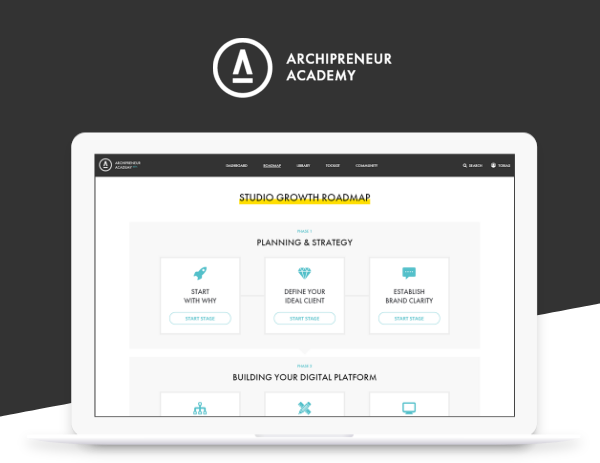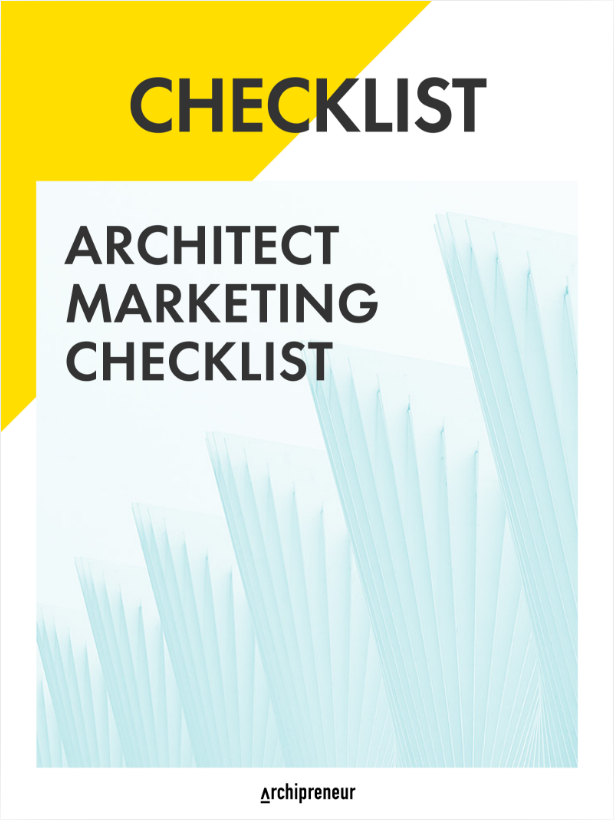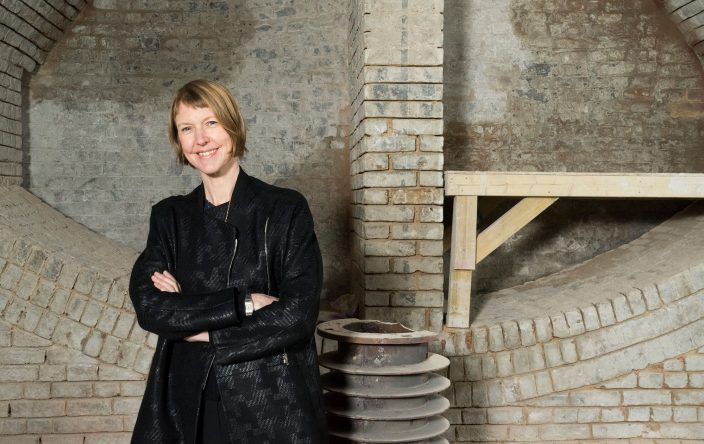Would you like to develop your own project or get a better understanding of how to start doing that? The following article will explain the real estate development process in four different phases.
Phases of Real Estate Development
Developing real estate projects is a complex process which you can distinguish in four typical phases: Project Initiation, Project Conception, Project Management and Project Marketing. The four phases will be explained below.
Critical to the success of a project is to keep various risks under control because the influence on the project costs is declining with every proceeding stage. This is why developers try to collect as much information as possible about a project in the early stages to evaluate if it is feasible or not.
At the same time, however, you will find the main uncertainties in the early stages of each project.
Project Initiation
In this phase, the necessary conditions for the development will be created. There are three fundamental approaches to every real estate development:
- Location seeks capital and idea
A company, for example, seeks a project idea and an investor for an existing property they own. This is often the case if the companies’ core business is not real estate related. If you are an architect you probably have experienced the situation when an investor asks you to develop an idea for a special site. - Idea seeks location and capital
In this case a precise idea or demand is existing and the goal is to find a suitable location and provider of capital. - Capital seeks location and idea
In this case an investor wants to invest in real estate due to different reasons, i.e. pension funds or other institutional investors.
The start of a project often begins with only one factor – idea, location or capital. The missing parts need to be procured in the first stage.Then a rough project description with usage and measures (usable square meters or footage) should be produced.
After that a preliminary developer calculation will be performed. There are two ways developers calculate in this early stage: the “Front Door” approach and the “Backdoor” approach.I will explain the difference between these approaches in further articles. In this post we want to focus on the structure of the process first.
The final step of the initial phase is the assurance of land through a buyers option for example.
Project Conception
As soon as idea, location and financing have been roughly resolved the Project Conception phase can begin. The project will undergo multiple systematic analyses in this phase. The main task is to prove that the project is profitable and feasible.
The tool to do so is a (real estate) Feasibility Study. In this analysis you will investigate the positive and negative outcomes of a real estate project before you start investing time and money into it.The project will be analyzed in terms of legal, economical, technical, planing, sociological and other factors.
The following analyses are summarized under the term Feasibility Study:
- Market analysis
- Location analysis
- Usage concept
- Competition analysis
- Risk analysis
- Cost analysis
Graaskamp defines the term feasibility as follows: “A real estate project is feasible when the real estate analyst determines that there is a reasonable likelihood of satisfying explicit objectives when a selected course of an action is tested for fit to a context of specific constraints and limited resources.” (Grasskamp, James A. “A Rational Approach to Feasibility Analysis,” The Appraisal Journal, October 1972.)
The extensive investigation and research of the Feasibility Study should guide you to a positive or negative decision for the project.
Project Management
In the Project Management phase the developer represents the role of the client. The design will be concretized and if necessary the developer can delegate client tasks to an external construction project manager. This phases’ purpose is the overall planning, coordination, and control of the project from beginning to completion. Architects as Developer have a significant knowledge advantage in this phase due to their education and experience.
Project Marketing
The Project Marketing phase can start very early and should be executed accompanied throughout the project. An early lease or sale will minimize the project risk. If you involve marketing specialist in early stages they get to know the project better and can give helpful suggestion based on their market knowledge. All of the explained stages should not be understood in strictly chronological order. The individual phases usually overlap. Sales and leasing can already start during the project conception. And the design phase may overlap with the management phase for example.
After the project completion the facility management phase starts to optimize the properties value.
Join our Newsletter
Get our best content on Architecture, Creative Strategies and Business. Delivered each week for free.
We won’t send you spam. Unsubscribe at any time.
